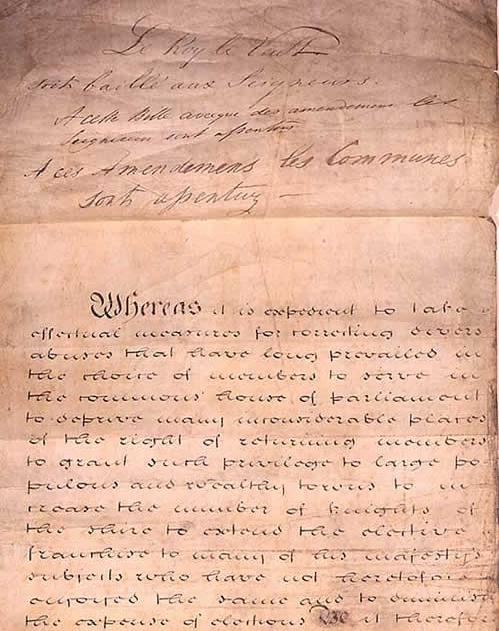Philippines and Japan Enhance Connectivity at Osaka Expo 2025

In a significant diplomatic engagement, President Ferdinand R. Marcos Jr. of the Philippines visited the Philippine Pavilion at the World Expo 2025 in Osaka, Japan, on June 20, 2025. This visit highlights the ongoing efforts to bolster tourism and connectivity between the two nations, as well as to showcase Filipino culture and innovations to a global audience.
During his visit, President Marcos was accompanied by First Lady Louise Araneta-Marcos and Tourism Secretary Christina Garcia-Frasco. The trio engaged with various stakeholders, including Japanese officials and business leaders, to discuss collaborative opportunities in tourism, trade, and cultural exchange. According to President Marcos, this initiative reflects the Philippines' commitment to strengthening its ties with Japan, emphasizing the importance of enhanced connectivity for both economic growth and cultural understanding.
"The Philippines and Japan share a long history of friendship, and this expo is a perfect opportunity to showcase our shared values and aspirations," said President Marcos during his address at the pavilion. He noted that the government aims to increase tourist arrivals from Japan, which is one of the Philippines' top sources of foreign tourists, contributing significantly to the local economy.
The World Expo 2025, which focuses on the theme 'Designing Future Society for Our Lives', serves as a platform for countries to present their advancements in technology, culture, and various industries. The Philippine Pavilion, designed to reflect the country's rich heritage and modern innovations, showcases not only tourism opportunities but also potential investments in sustainable practices and technological advancements.
Experts have pointed to the economic implications of enhanced connectivity between the Philippines and Japan. Dr. Yasuko Takahashi, an economist at the University of Tokyo, stated that increased tourism from Japan could lead to significant economic benefits for the Philippines. "Japan is one of the largest economies in the world, and fostering stronger ties can open up new markets for Philippine products and services," she remarked in a recent analysis published in the Asian Economic Policy Review.
In addition to tourism, the two countries are exploring deeper collaboration in various sectors, including technology and infrastructure. According to Mr. Hiroshi Yamamoto, CEO of Japan's leading construction firm, Shimizu Corporation, the Philippines presents a wealth of opportunities for infrastructure development, particularly in the wake of recent natural disasters that have highlighted the need for resilient infrastructure.
While the prospects for cooperation appear promising, there are concerns regarding the sustainability of tourism practices and the impact of increased visitor numbers on local ecosystems. Dr. Maria Lopez, an environmental scientist at the University of the Philippines, cautioned that while tourism can drive economic growth, it must be managed carefully to prevent detrimental effects on the environment. "We must ensure that our natural resources are preserved even as we welcome more visitors," she emphasized during a recent seminar on sustainable tourism.
The Philippines' participation in the Osaka Expo is not only about cultivating bilateral relations; it is also a strategic move to enhance its global presence on the world stage. As countries around the globe come together to share innovations and cultural exchanges, the Philippines aims to position itself as a key player in the Southeast Asian region.
In conclusion, President Marcos’ visit to the Osaka Expo underscores a renewed commitment to enhancing Philippines-Japan relations through tourism and connectivity. As both countries look toward the future, their ability to collaborate effectively will be crucial in leveraging mutual benefits and addressing challenges such as sustainability and economic resilience. The implications of this engagement extend beyond immediate economic gains, potentially reshaping the landscape of international relations in the Asia-Pacific region.
Advertisement
Tags
Advertisement





